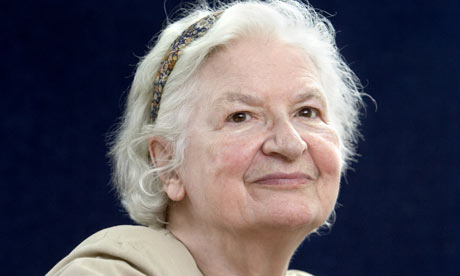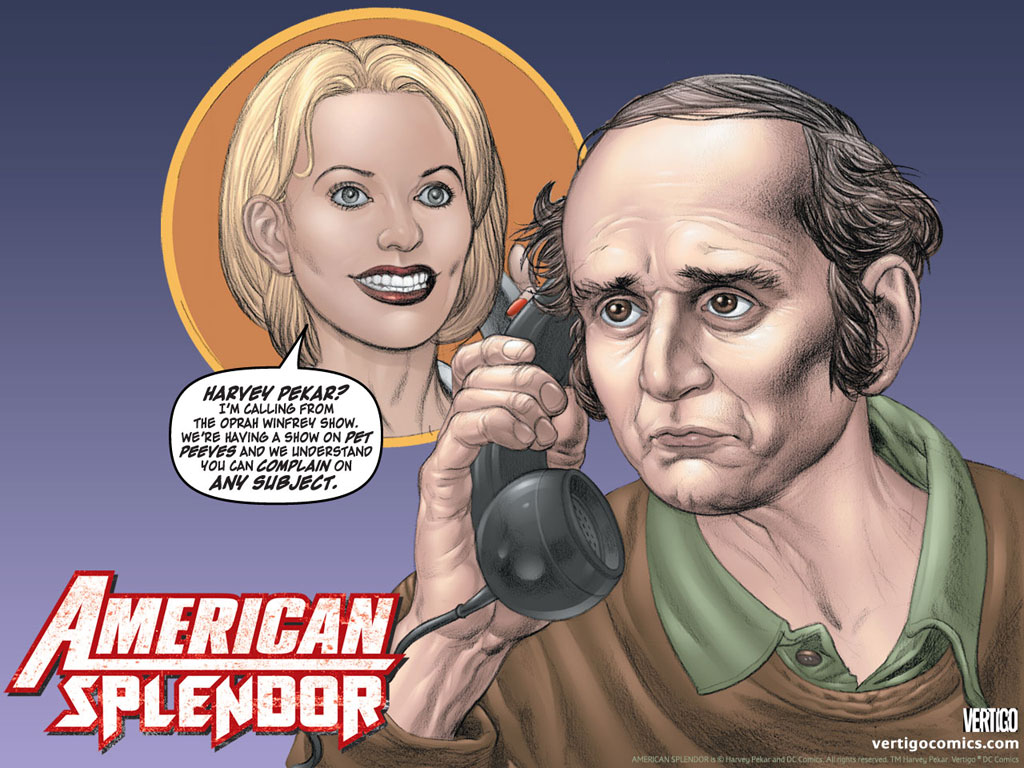httpv://www.youtube.com/watch?v=O2xnEv9aF60
Jimi Hendrix, “Voodoo Child”
Monday, August 19, 1969: Among those who played Woodstock that four day weekend were Janis Joplin, The Who, the Grateful Dead, Santana, Creedence Clearwater Revival, Jefferson Airplane, and the very unhippie show-stoppers, Sly and the Family Stone. Jimi Hendrix closed out the concert — to a very small audience because almost everybody else had already gone home. His performance therefore was sort of like Woodstock’s Woodstock: more people claim they were there than actually were there. (The one person I know who did go to Woodstock sorrowfully admits that she, like many others, left Sunday afternoon to be home for Monday and so missed this celebrated performance.)
Despite hippiedom’s self-declared ethos of revolution, Frye didn’t see it that way:
The conception of “participatory democracy,” which requires a thorough decentralization, is also anarchist in context. In some respects this fact represents a political picture almost the reverse of that of the previous generation. For today’s radical the chief objects of loyalty during the thirties, trade unions and the revolutionary directives of Moscow, have become reactionary social forces, whereas some radical movements, such as the Black Panthers, which appear to have committed themselves both to violence and to racism, seem to descend from fascism, which also had anarchist affinities. Similarly, anarchism does not seek to create a “working class”: much of its dynamic comes from a bourgeois disillusionment with an overproductive society, and some types of radical protest, like those of the hippies, are essentially protests against the work ethic itself. (“The University and Personal Life,” Spiritus Mundi, 29)
Hendrix’ iconic rendition of “The Star Spangled Banner” after the jump.


